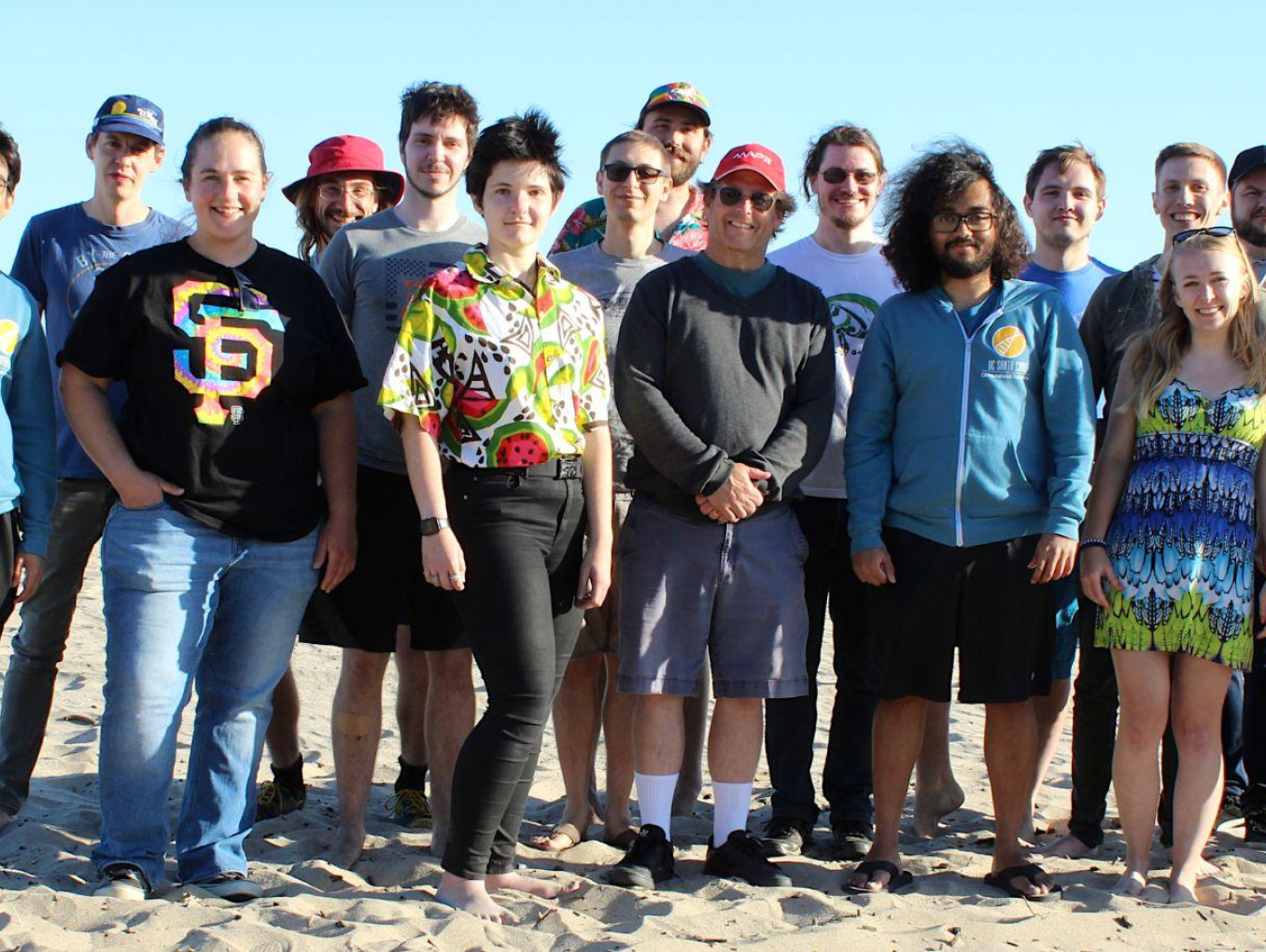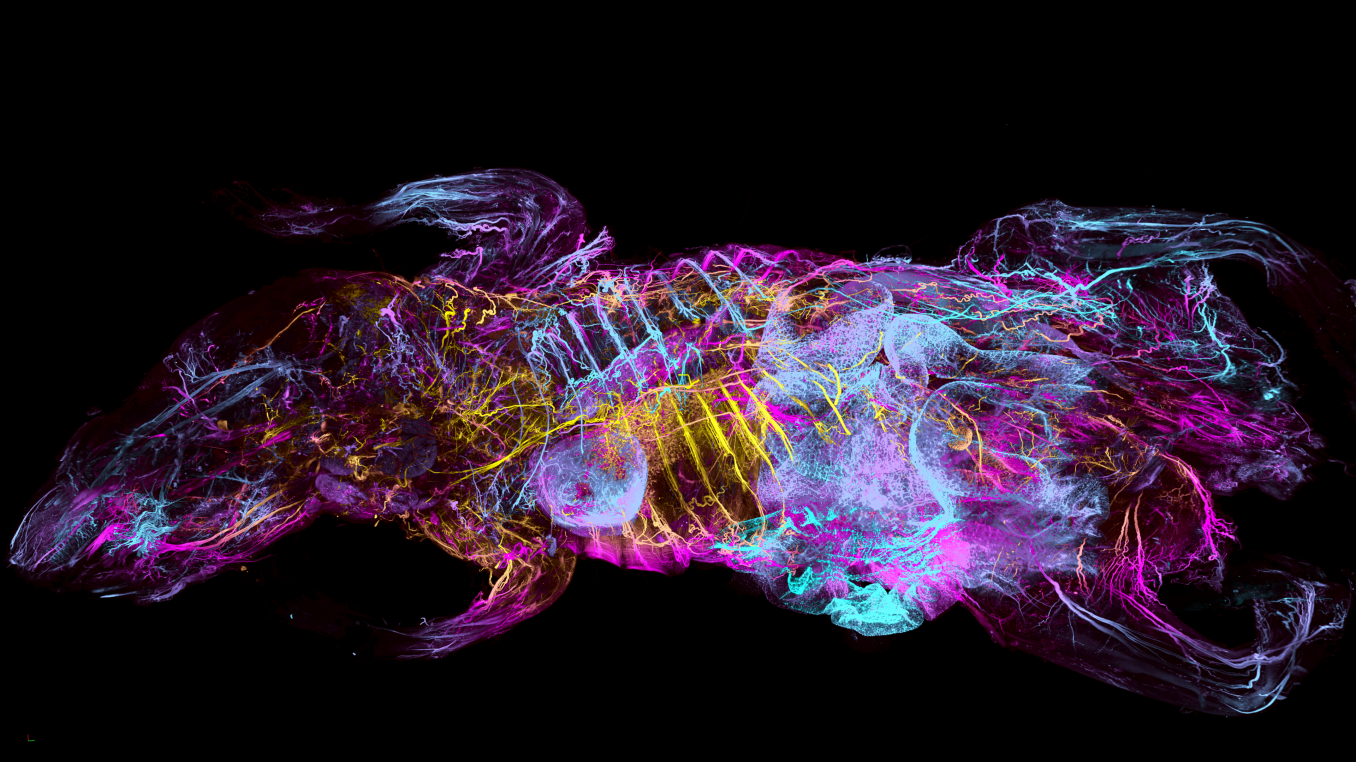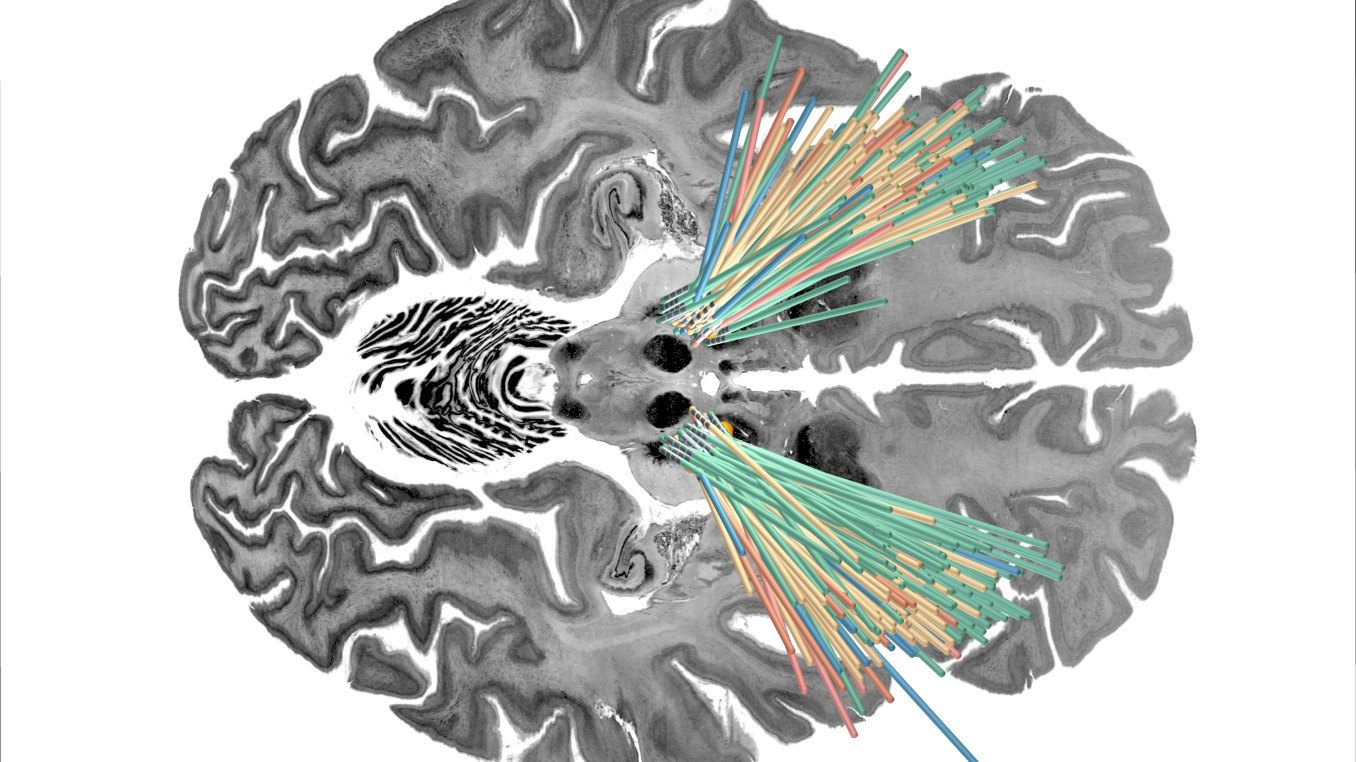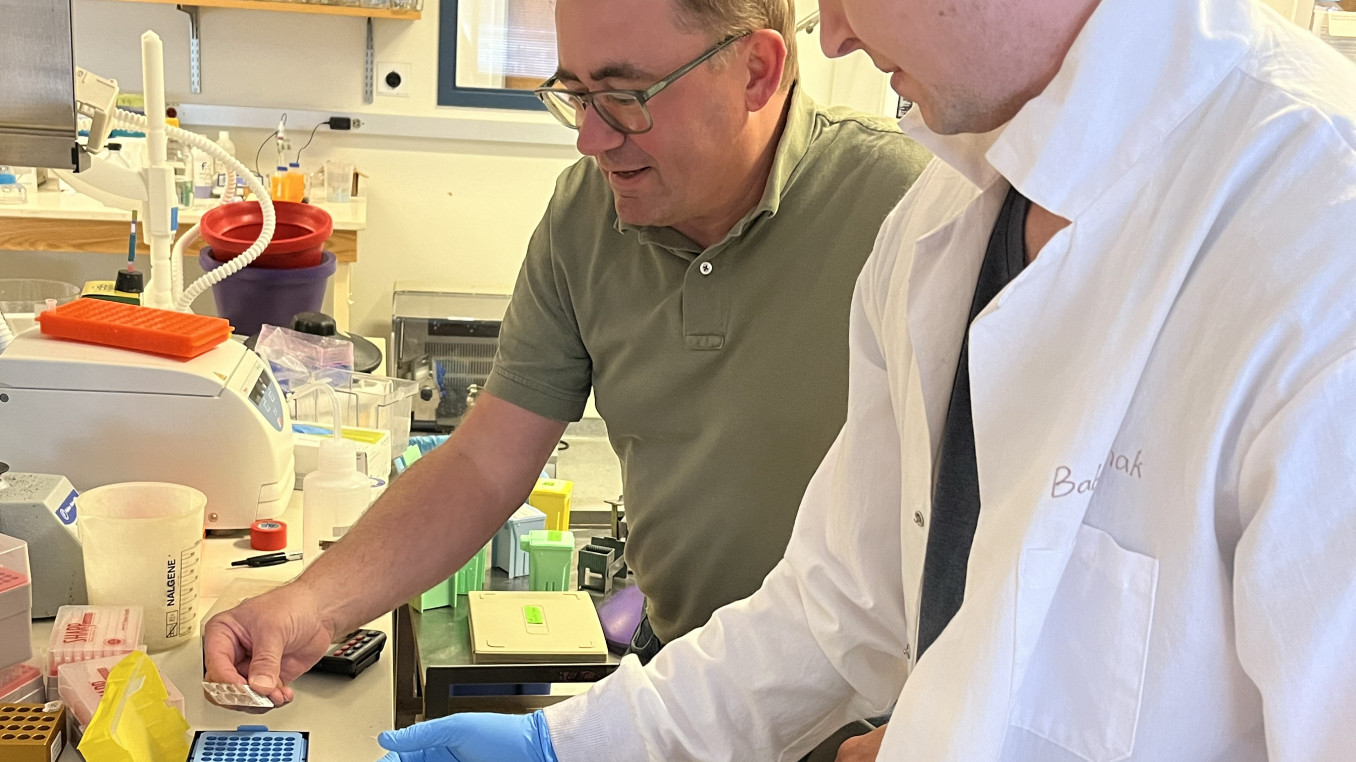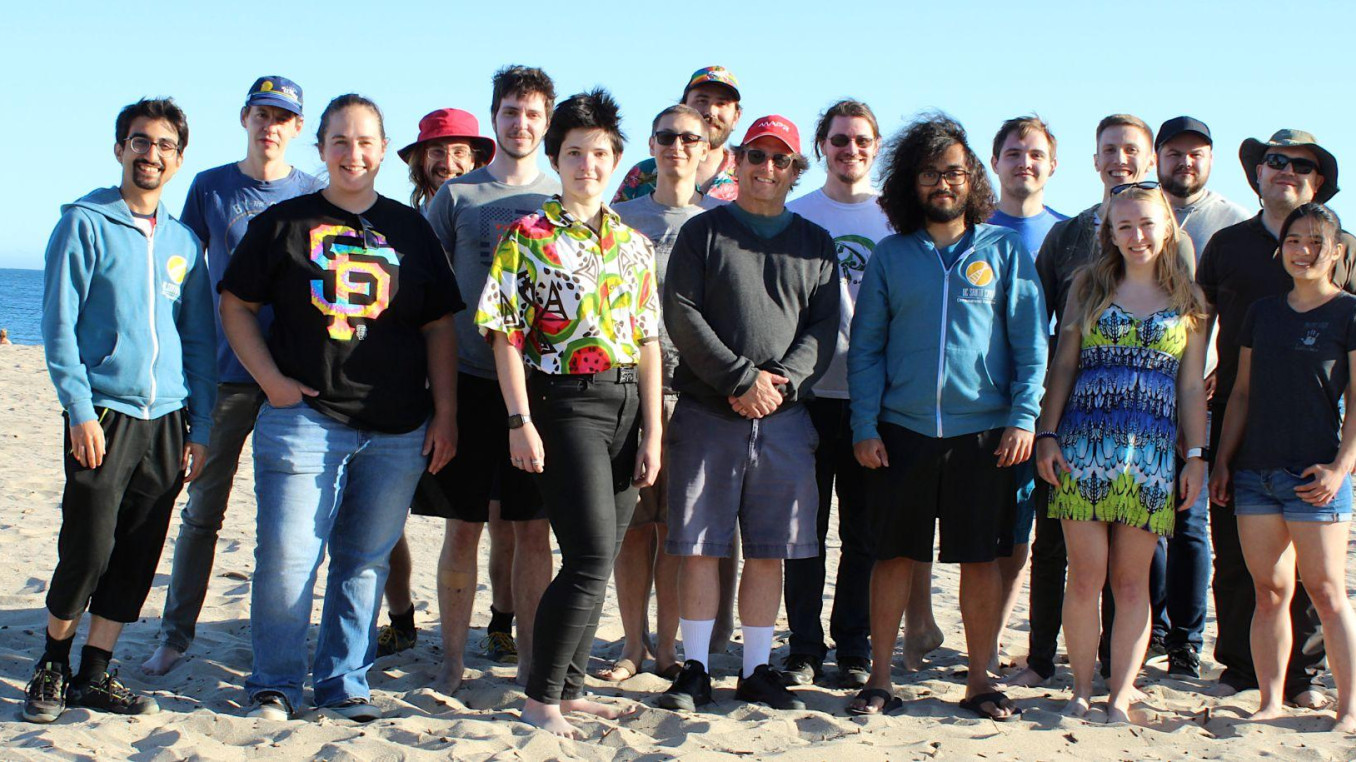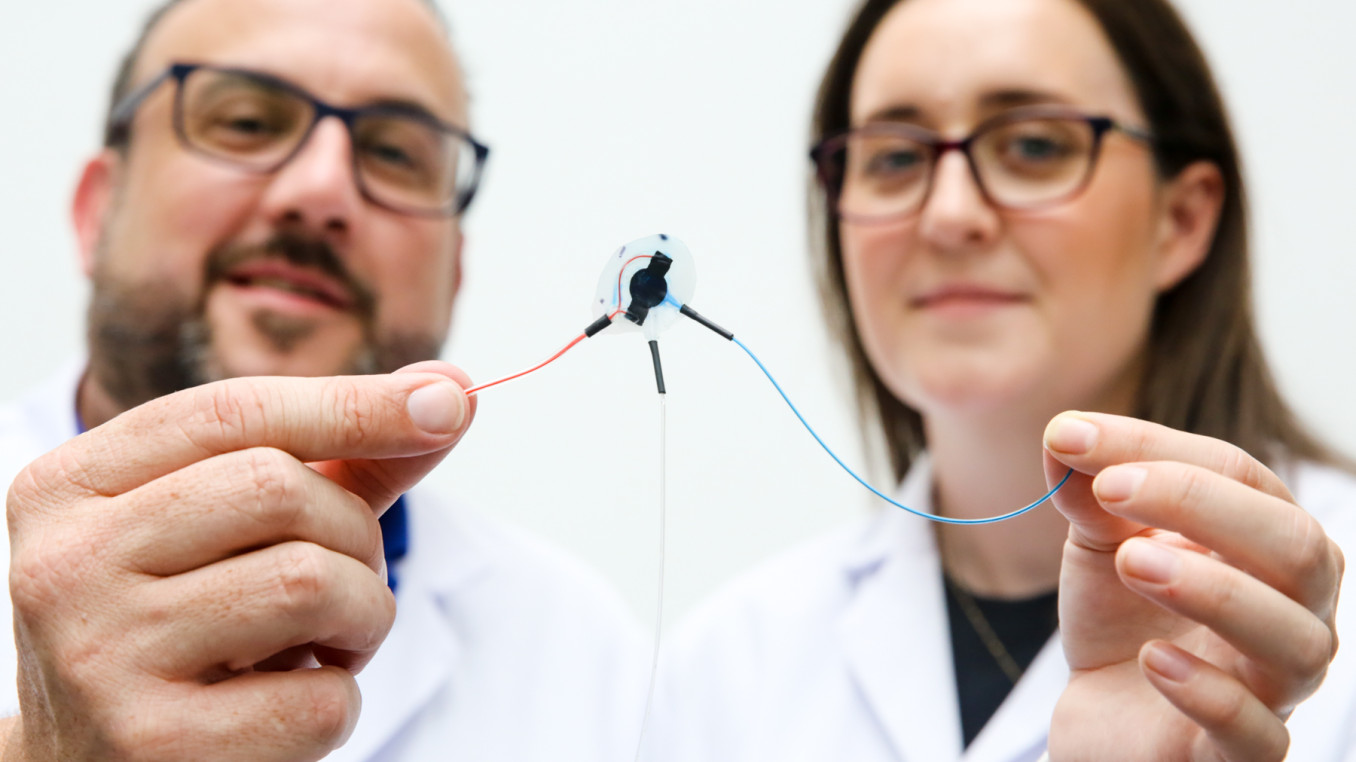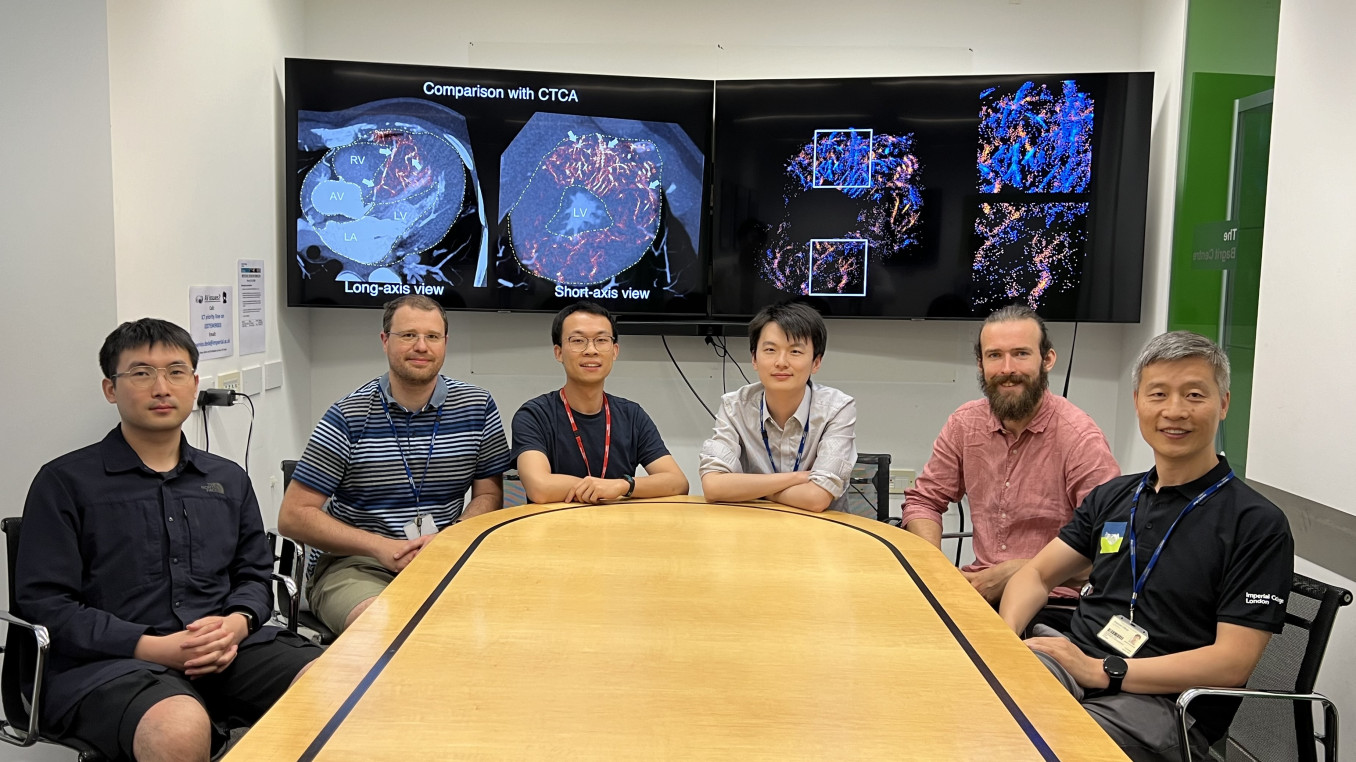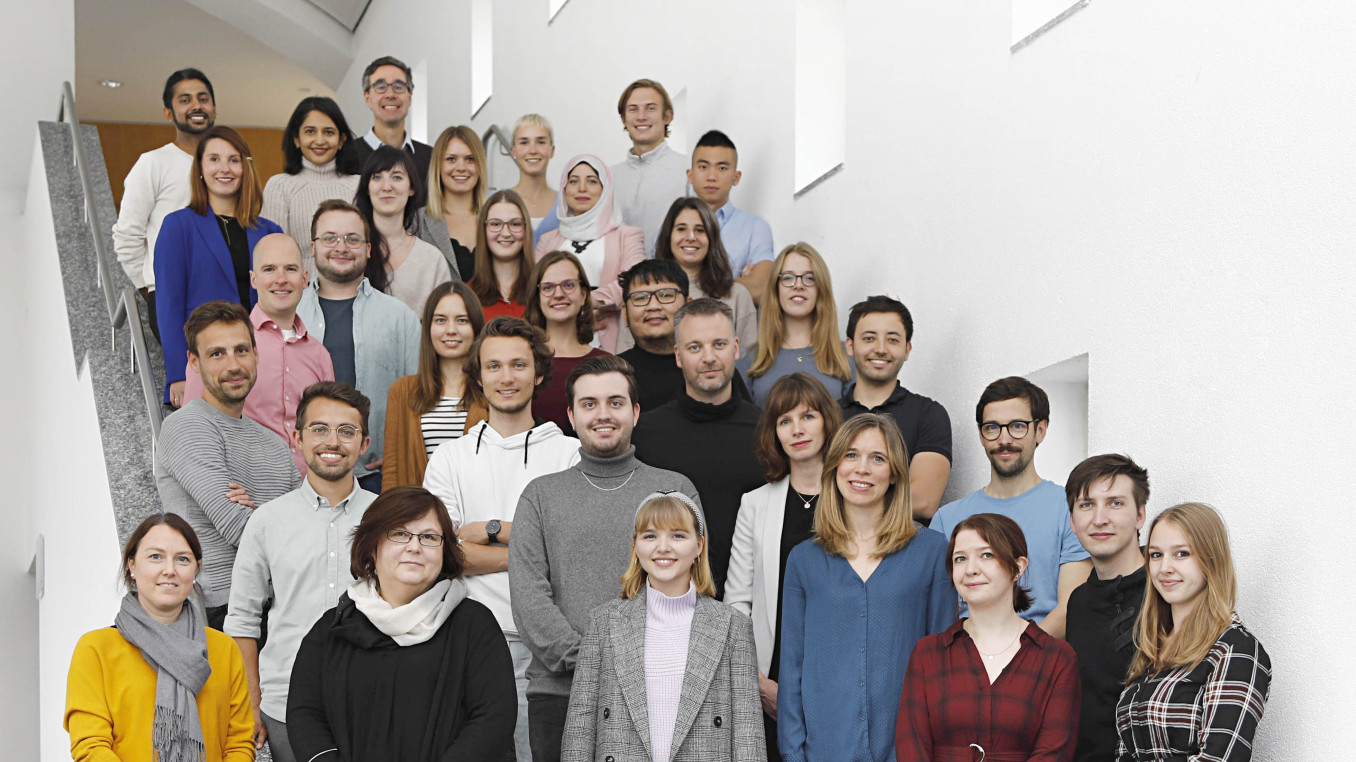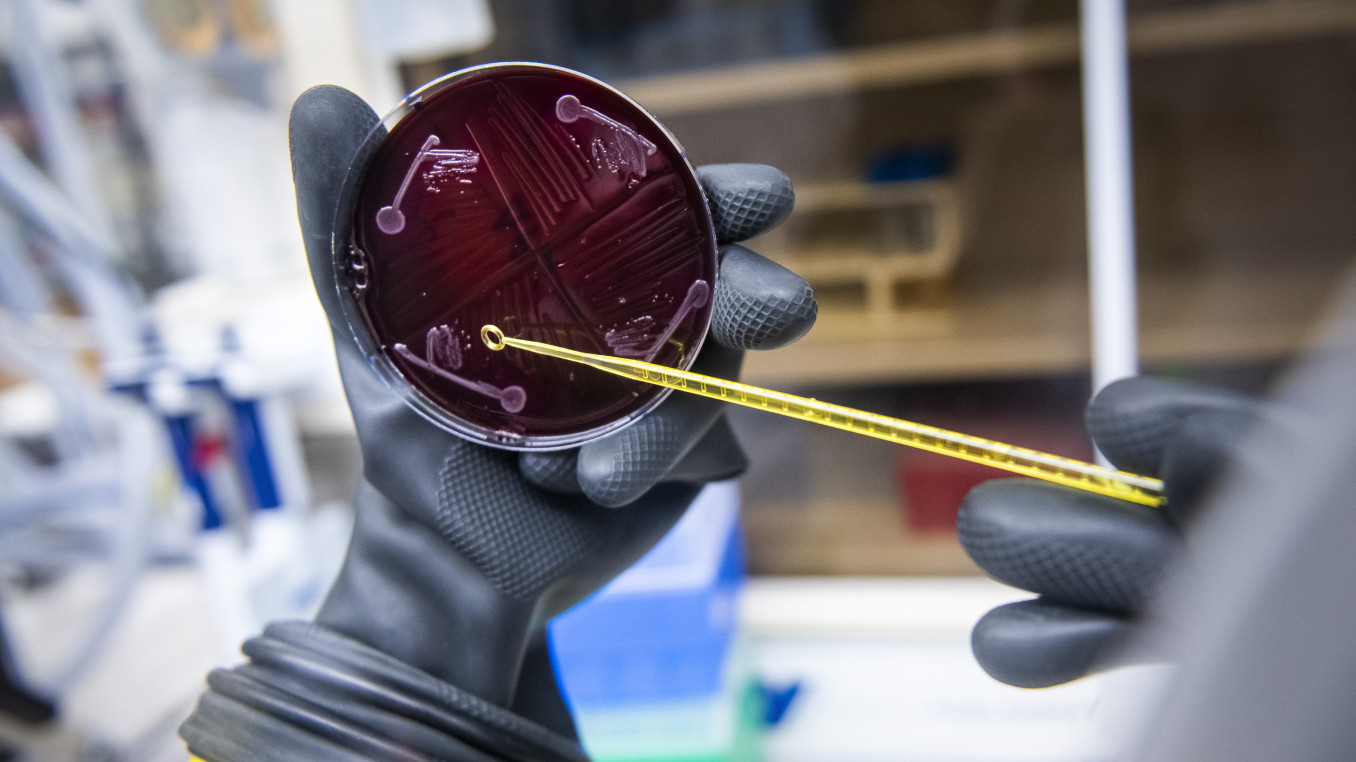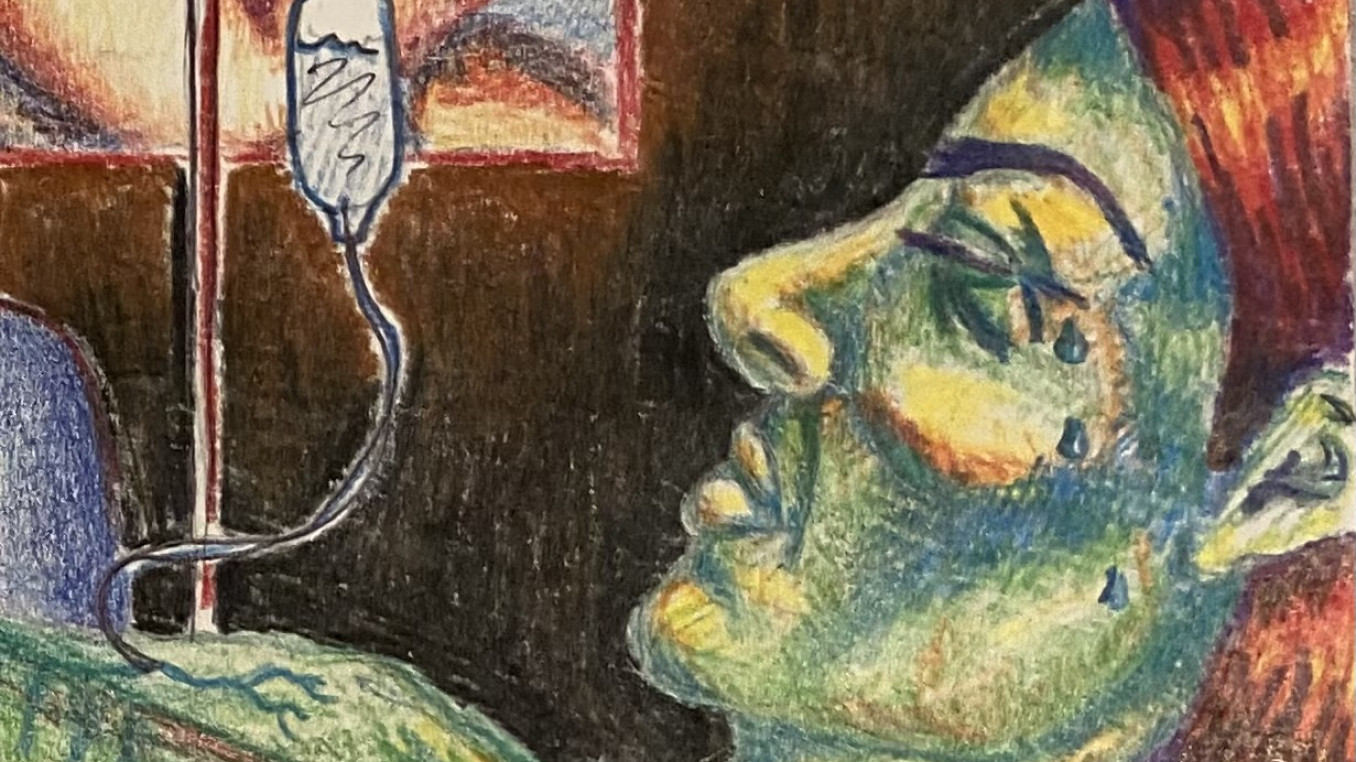The Human Pangenome Project: Benedict Paten’s Vision for Inclusive Genomics
Breaking the Wall of Pangenomics
Winner Interview 2024: Life Sciences
Benedict Paten is transforming genomics with the Human Pangenome Project. This initiative aims to create a comprehensive, graph-based reference genome that represents global genetic diversity. By mapping entire chromosomes and including genetic data from diverse populations, Paten's work addresses the limitations of current reference genomes and enhances our understanding of human genetics, paving the way for advancements in biomedical research and precision medicine.
Which wall does your research or project break?
The human pangenome project is breaking down several important barriers in the field of genomics, making our understanding of human genetics more complete and useful for everyone. Currently, our main reference for human DNA is based on a small group of people, mostly of European background. This project aims to include genetic information from people all over the world, giving us a more accurate picture of human diversity. It's also changing how we represent genetic information, moving from a simple linear model to a more complex one that better shows how genes can vary between people. The project is working to map out entire chromosomes from end to end, including parts that were previously too difficult to study. It's also tackling the ethical challenges of sharing genetic data from diverse populations. Finally, it's adding information about what different parts of our DNA actually do. By overcoming these obstacles, the project hopes to create a genetic reference that's more inclusive, accurate, and helpful for scientists and doctors, which could ultimately benefit people everywhere.
What are the three main goals of your research or project?
The three main goals of the Human Pangenome Reference Consortium's project are:
(1) Create a high-quality, graph-based reference genome representing global genomic diversity from telomere to telomere.
(2) Improve data representation and streamline analyses to enable routine assembly of complete genomes - moving forward the state of the art in genomic analyses.
(3) Develop a more accurate and diverse representation of global genomic variation, including common variants, structural variants, and functional elements.
These goals aim to address the limitations of the current reference genome and provide a more comprehensive and globally representative genetic resource for future biomedical research and precision medicine.
What advice would you give to young scientists or students interested in pursuing a career in research, or to your younger self starting in science?
I would tell young scientists or students that computational biology is still very new and that it is growing rapidly to be integral to all of biological research. I would tell them there are many interesting open questions and many potential applications that should lead to improvements in healthcare and medicine. I would tell them to be curious and open to exploring new ideas, and that no matter their background, it really does take a community of different skill sets and perspectives to address the most important, worthwhile challenges!
What inspired you to be in the profession you are today?
I always wanted to be a scientist, but I wasn't sure how or why until I got to university. It was through luck and great mentorship that I found my path to computational biology!
What impact does your research or project have on society?
We are trying to develop methods and resources that are used to better understand our genomes and how they impact us in terms of health and disease.
What is one surprising fact about your research or project that people might not know?
Almost every cell type in the human body contains two complete copies of the human genome!
What’s the most exciting moment you've experienced over the course of your research or project?
Sequencing and assembling genomes in a day, when just two decades ago it took over ten years and billions of dollars to create just one.
